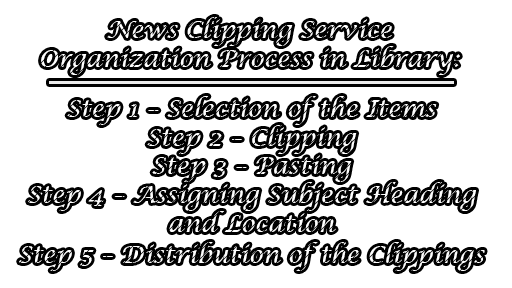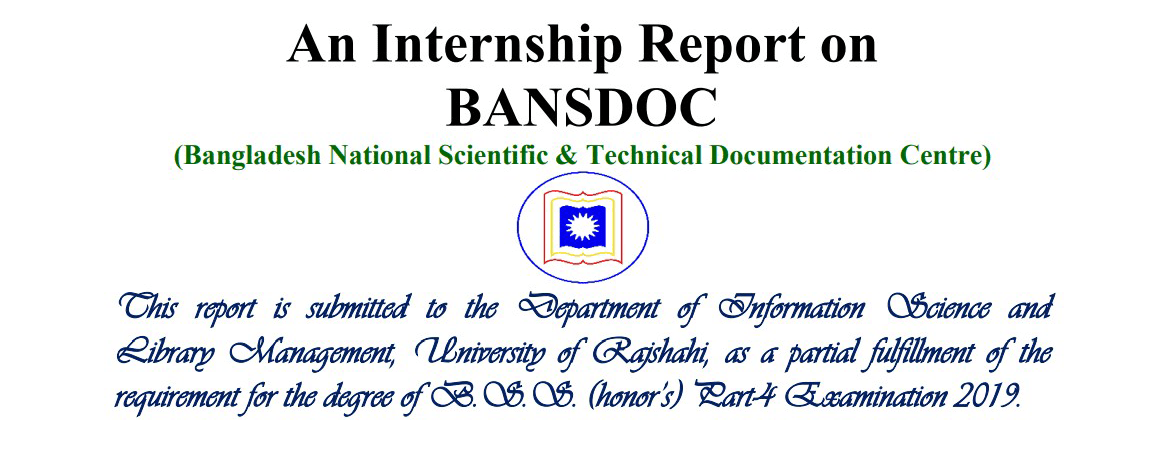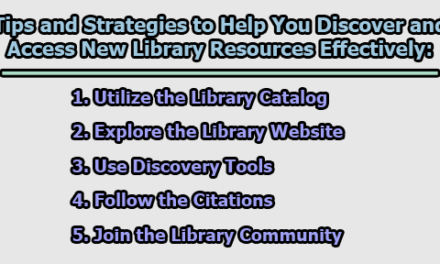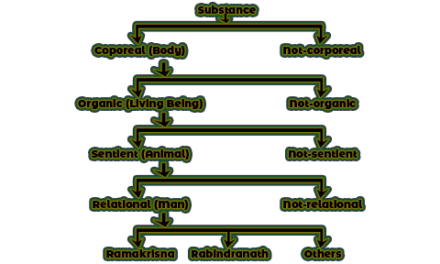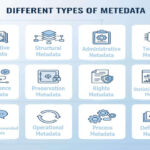Newspapers constitute an important source of information as they contain the latest information in the form of news developments, reports, interviews, opinions, stories of success and failures, events, etc. Being aware of the importance of information published as news in newspapers, libraries have been providing news clipping services in various ways since newspapers were invented. Initially, libraries used manual methods to mark, cut, and paste the news items from newspapers and then circulate these among key personnel in an organization. In this article, we are going to know about types of news clipping services and the news clipping service organization process in the library.
Types of News Clipping Service:
News clipping service is quite common in libraries. Four types of news clipping services are reasonably shared. They are; personal-oriented service, institution-oriented service, government-oriented service, and subject-oriented service. Let us have a glimpse of these services.
- Person-oriented Service –the focus is the person. All news items, letters, articles, etc. relating to the person should be included. This may include her/his speech, participation in a debate, photographs, interviews, etc. The service may not be on a daily basis because not all persons become the subject of news every day.
- Institution-oriented Service – the focus is an institution. The institution may be an academic institution like a school, college, or a university, a religious institution like a mission, a society, a research laboratory, etc. These institutions from time to time generate news by organizing various events. On the other hand, various people may write about these institutions. This information is generated in both ways. All should be included in the service. Suppose a university is organizing an international seminar. Obviously, reporters from the media will report various events relating to the seminar. The university will like to have all the reports published in the newspapers. Often this job is given to the library as the library receives the newspapers. The library generates the service on a daily basis.
- Government-oriented Service – The central as well as state governments either have a department exclusively devoted to the purpose or give the responsibility to a service provider to supply the newspaper clippings on a daily basis. Some government offices demand that the clippings should be delivered before the start of the office so that the persons concerned get the clippings just on her/his arrival to the office.
- Subject-oriented Service – Suppose a professor of a university teaches the subject ‘Political situation of Southeast Asia’. Obviously, s/he will be interested to know the day-to-day development of the region. Whatever is published in the newspapers about the region should be supplied to her/him. This is a subject-oriented service.
News Clipping Service Organization Process in Library:
Step 1 – Selection of the Items: All the headings of a newspaper should be read. When the subject is not clear from the heading, the textual matter should be read. When an item matches the interest profile of the user, it should be marked.
Step 2 – Clipping: The marked items should be cut nicely so that nothing vital is left out. Special care is to be taken while cutting a photograph. It should not get disfigured while cutting. If the item spreads to two pages, both the pieces should be cut.
Step 3 – Pasting: The items cut should be pasted on paper of suitable size (A4 size will be all right). If an item is divided into two pieces, it should be pieced together while pasting. It should be borne in mind that only one item should be pasted on a single sheet of paper and that too only one side of the paper.
Step 4 – Assigning Subject Heading and Location: On the top of the paper subject heading is to be written on the left side, and the name of the newspaper along with the date and page/s on the right side.
Step 5 – Distribution of the Clippings: Matching with the subject profile of each customer, the clippings should be distributed. When the same clipping matches two or more user profiles, photocopies will have to be supplied.
It is apparent that news clippings are of great importance for researchers, scholars, and many others. An author writing the history of a country, or the biography of a renowned person, can find news clippings to be of immense help. Hence, it will always be advisable to retain the master copy of the clipping in the library for providing future services. With the facility available for digitization, librarians over the world are taking steps to digitize news clippings.
References:
- Kunkur Giridhar. (2013) “Learning Resource Centre User Manual 2013 – 14” pages no 4.
- Bhushan Indu. [et al] (2006) “Dynamic Font Technology and Search Engine in Newspaper Clipping Web-Service: An Experience In Cat Library”. 4th International Convention CALIBER- 2006, Gulbarga, pages no. 224 – 225.
- Reitz, Joan M. ODLIS – Online Dictionary of Library and Information Science.
- Joan M. ODLIS – Online Dictionary of Library and Information Science.
- Reitz, Joan M. ODLIS – Online Dictionary of Library and Information Science.

Library Lecturer at Nurul Amin Degree College

